Ragusano: Ecologies of raw milk cheese (part 1 of 3): The Modicana cow
How this Sicilian cheese is born from a place, breed, and farming system.
This is part 1 of a 3 part series sharing an article I recently had published in The Preserve Journal. I wrote a Substack piece about this cheese in 2022. This builds on my most recent entry about Serbian Kashkaval, as Ragusano is a member of the same cheese archetype: stretched curd.
As a nomadic cheesemaker and dairy researcher, I search for cheeses rooted in relationships between human cultures, livestock, climates, and ecosystems (macro and microbial). These relationships have come about through generations of trial and error, adaptation to changing conditions. The cheeses and farming practices are regionally specific, meaning they fit the climate, economy, and ecology of a place. These well-established but never static systems are at odds with the paradigm of modern industrial farming which is often a one-size-fits-all template of breeds and methods applied regardless of the specifics of a place. For dairying, this model is to bring in “improved breeds” and import their high energy concentrated feed (grain, corn, soy). Livestock are fed in confinement according to formulas designed to maximize their output, in this case liquid milk to be sold to a processor. What I look for is places where the old breeds are still used. Where farmers grow the feed for their livestock, with the manure of the animals used as the gift that it is, to fertilize crops and enrich soil. This embracing of natural cycles continues in the cheesemaking process. Microbes native to the milk are cultivated by the maker, and are allowed to thrive, often in wooden equipment. The cheese is an extension of the land, livestock, and human culture, rather than something isolated from it.
One such cheese that can serve as an example of this is Ragusano. It is an archaic cheese whose slow, labor intensive process is a statement of resistance in an era that sees speed and productivity as the highest values. The cheese is a distillation of a corner of Sicily called the Hyblean Plateau, and its traditional agropastoralism (livestock rearing integrated with raising crops). I appreciate it not only for its taste, texture, and unique shape, but also its connection to a heritage breed of dairy cow, and its use of anachronistic tools and techniques that represent an older, more patient way of making food.
The Hyblean Plateau is a mountainous shelf rising above the coast of Southeast Sicily. Rivers and seasonal streams carve steep valleys and gorges, and it receives more rainfall than adjacent areas. It therefore has ample pastures on flatter land. Cows are the preferred dairy animal, where sheep and goats dominate in more arid parts of the island with meager grassland or more rugged terrain. The flat fields are separated by dry stone walls composed of white limestone rocks removed from the fields. These stone walls are everywhere. Cutting the landscape into right angles and breaking the farmland into sections that cattle and crops are rotated in. Some of these fields contain carob and olive trees with pasture growing underneath. Others are used as wheat fields, as Sicily has been a major grain growing region since colonization by the Greeks. The combination of carob trees and white stone walls is the visually striking signature of this part of Sicily.
In March of 2022 I was traveling in Sicily with my friend Carina Reckers, a gastronomic scientist and dairy enthusiast from Germany. We arrived in Ragusa, a beautiful Baroque city full of ornate churches, and a disorder of apartments in various states of disrepair and renovation. It would be our home base for exploring the cheese named after the city: Ragusano. The name has only been in use since the cheese obtained a protected name (DOP) in 1996. Before this it was known as Coscavaddu Ibleo, the name now used for the cheeses made outside of the DOP season, or those that don’t meet the requirements. This season is variable, and its start date is set each year by an organization called CORFILAC that oversees this and other Sicilian DOP cheeses. They decide when it starts and ends based on the health of the pastures, which varies based on the amount and timing of winter rains.
Modicana Cattle
We rode the train up to visit Guido Massari on a windy day that promised rain. Guido makes cheese at Donnafugata castle, a local attraction that was pleasantly deserted on this stormy day. He is also a farmer, who grows wheat, harvests carob, milks and plans the grazing of cattle. On this and many of the farms I find interesting, the separation between the people who work with livestock and those that make cheese does not exist.
We arrived during the morning milking and met Massari’s small herd of burgundy Modicana cows. A unique trait associated with this breed is that the calves are allowed to suckle on their mothers to stimulate the let-down of milk. The milking cows are brought to a feed trough in an outdoor space covered with a roof, and secured in place. Their calves are released from a pen, and they quickly find mom and begin drinking her milk, tails wagging gleefully. They are pulled off and tied to their mother’s collar with a rope.
A milking setup of 4 suction cups hooked up to a milk pail and airline is brought to the cow, who is partially milked out. Then the baby is released to drink the milk remaining in the udder. This is an older way of milking that is still practiced with “unimproved livestock breeds” such as I have seen in places like Mongolia (where hand milking is the norm). Besides stimulating the release of milk, the suckling cleans the teats in the most natural way possible, with the calf’s saliva. This practice has important impacts on the microbial ecology of the teats, and therefore the raw milk, and the cheese. No products are used, such as the iodine that is common in many countries.
Only a handful of dairies still make Ragusano or similar cheeses exclusively with the milk of Modicana cows. In the 1950s, the breed was still the main type on the island, numbering over 20,000. Then came the adoption of the much-touted silage/imported grain/commodity milk model and switch to breeds like Holsteins or Brown Swiss. Now there are approximately 1000 Modicana left, with numbers continuing to drop. With the shift to liquid milk sales, more volume was produced, and the price paid to farmers went down. Sometimes more is less.
Increasingly, the families who adopted the industrial model of dairying are struggling to make ends meet. The rising price of fertilizer, grain, and diesel is showing the true inefficiency of that system. The Modicana may produce less milk and grow slower, but it can be fed on food grown locally, and graze on uncultivated, scrubby rangeland. It can handle the heat and resist diseases that impact other breeds not adapted to the region. In Guido’s eyes, the breed, the cheese, and the farming system are inseparable. It was a mistake to give this up, and farmers like Guido deserve appreciation for resisting the trend.





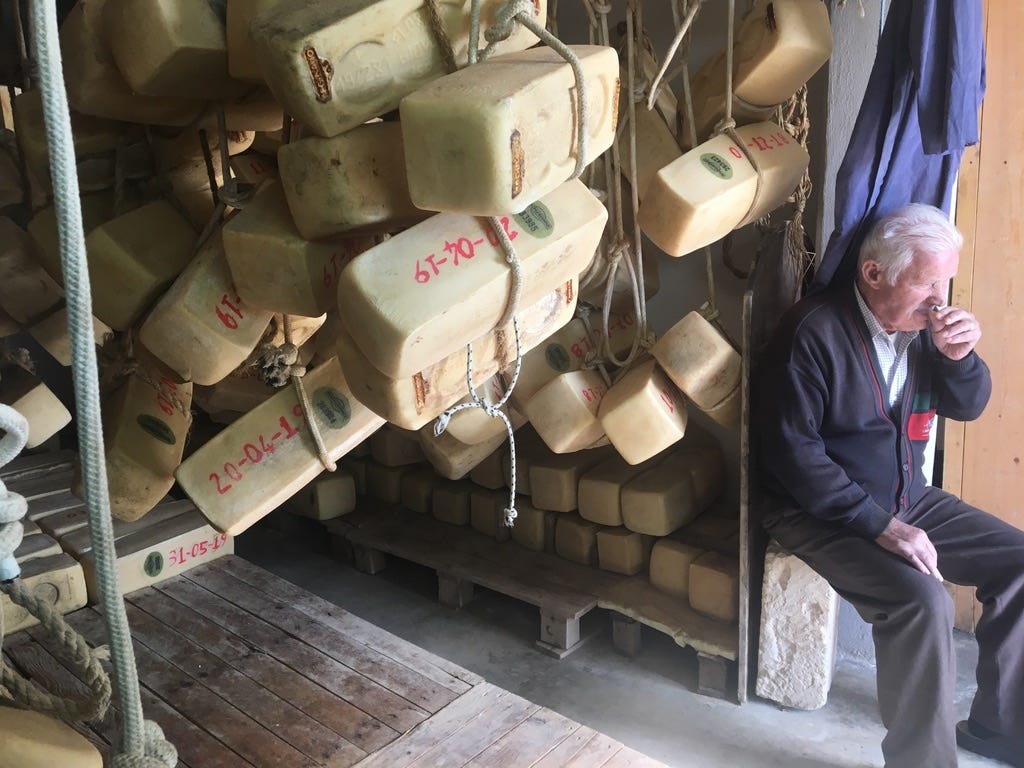
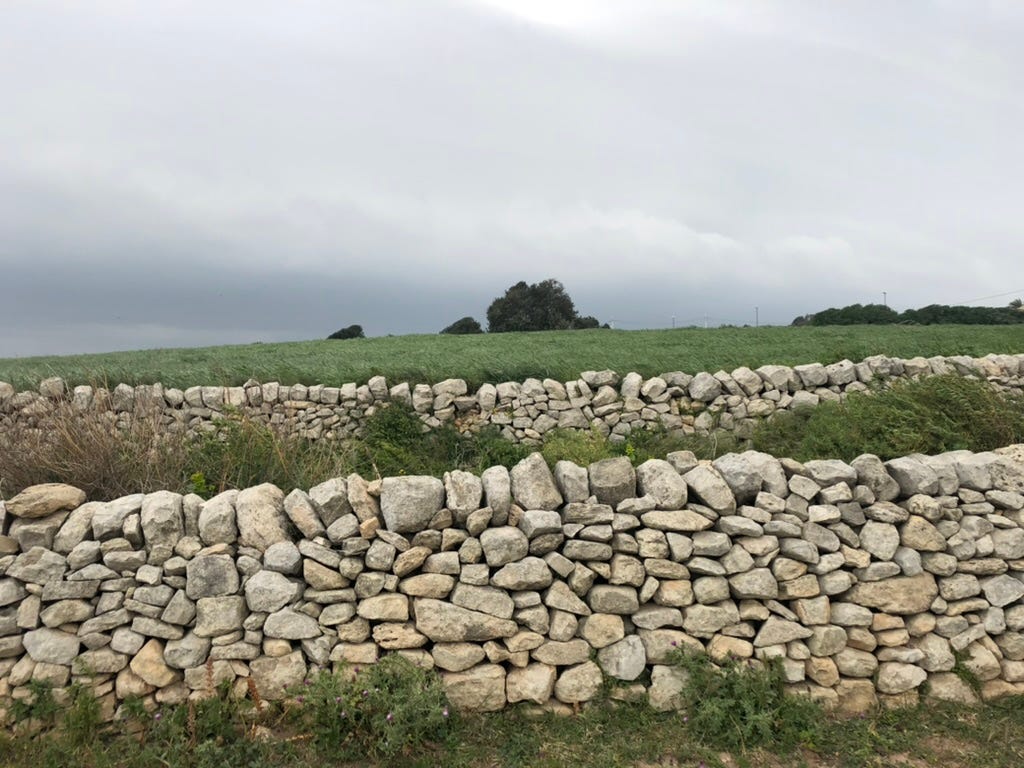
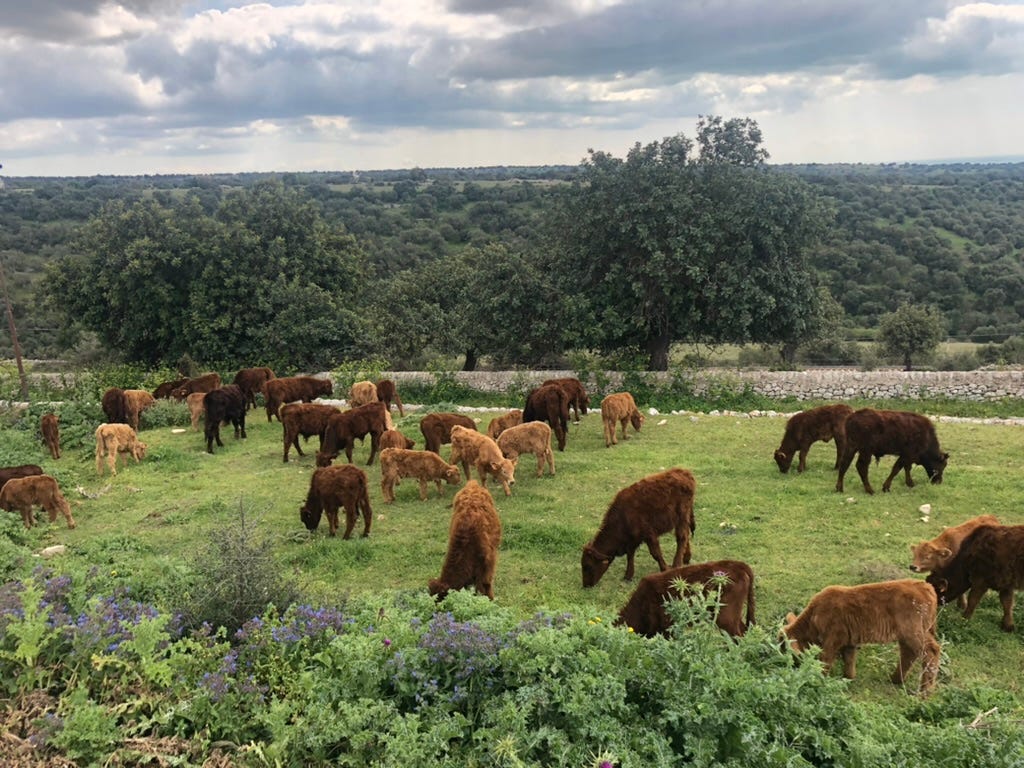
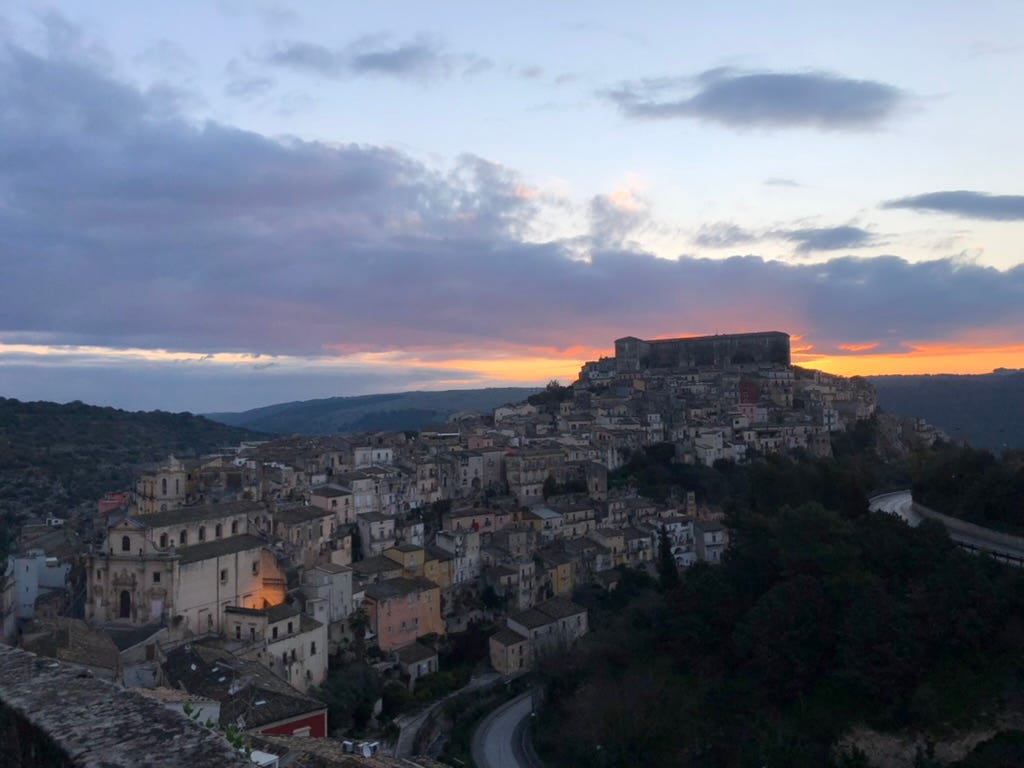
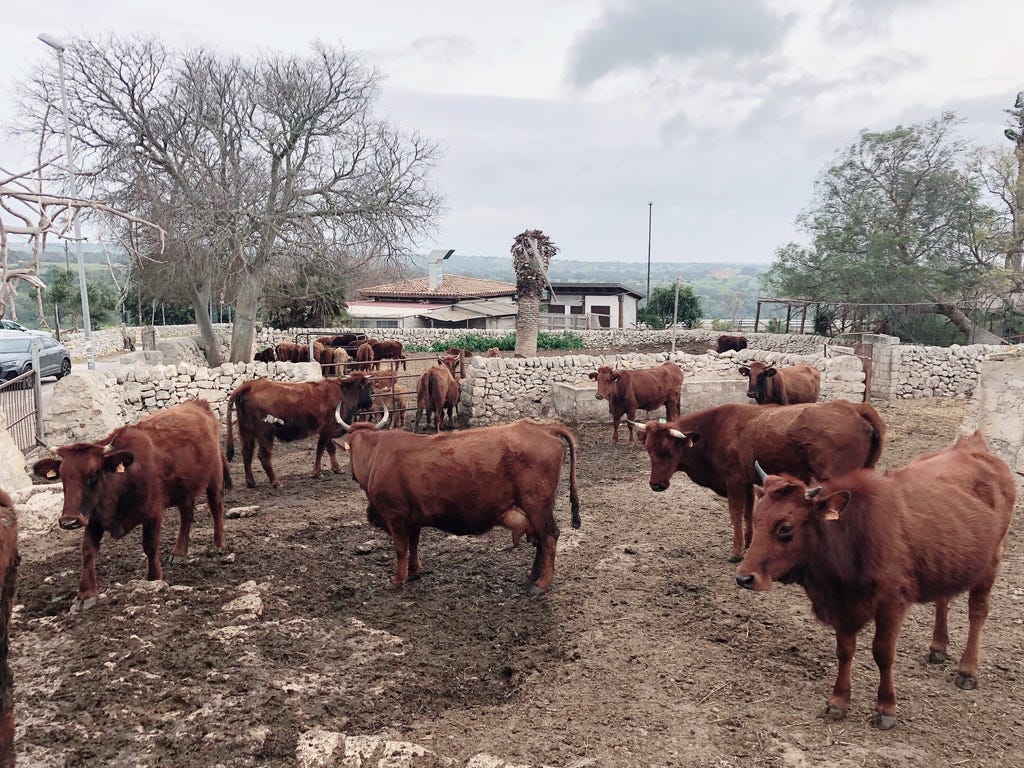
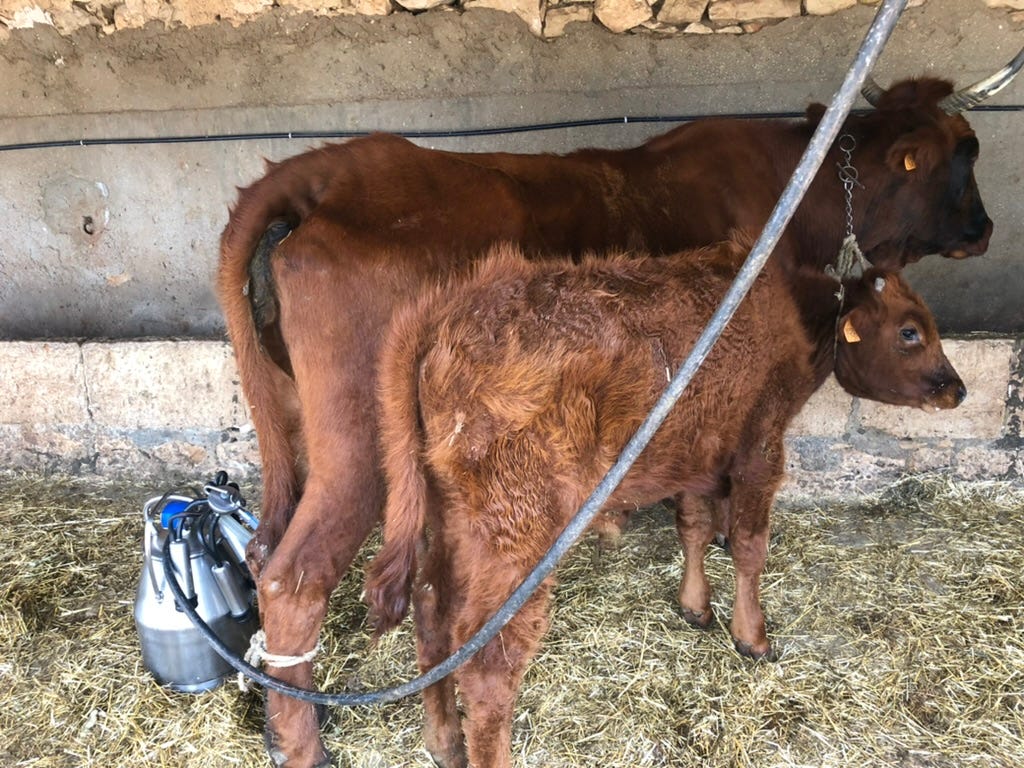
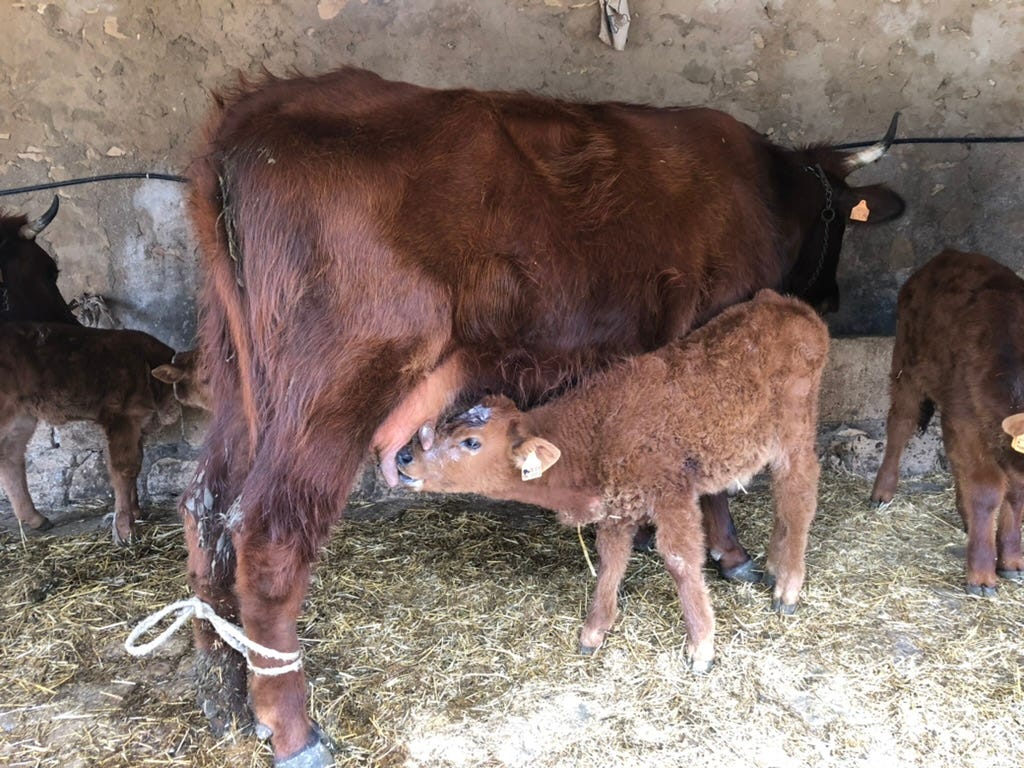
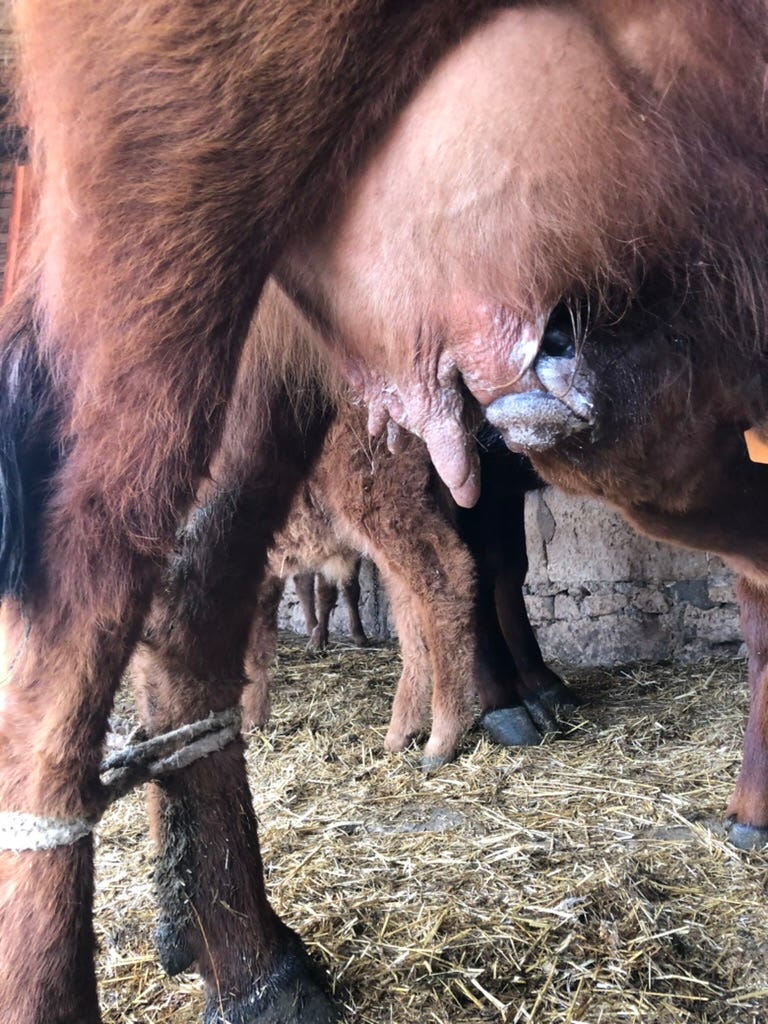

Very nice article!